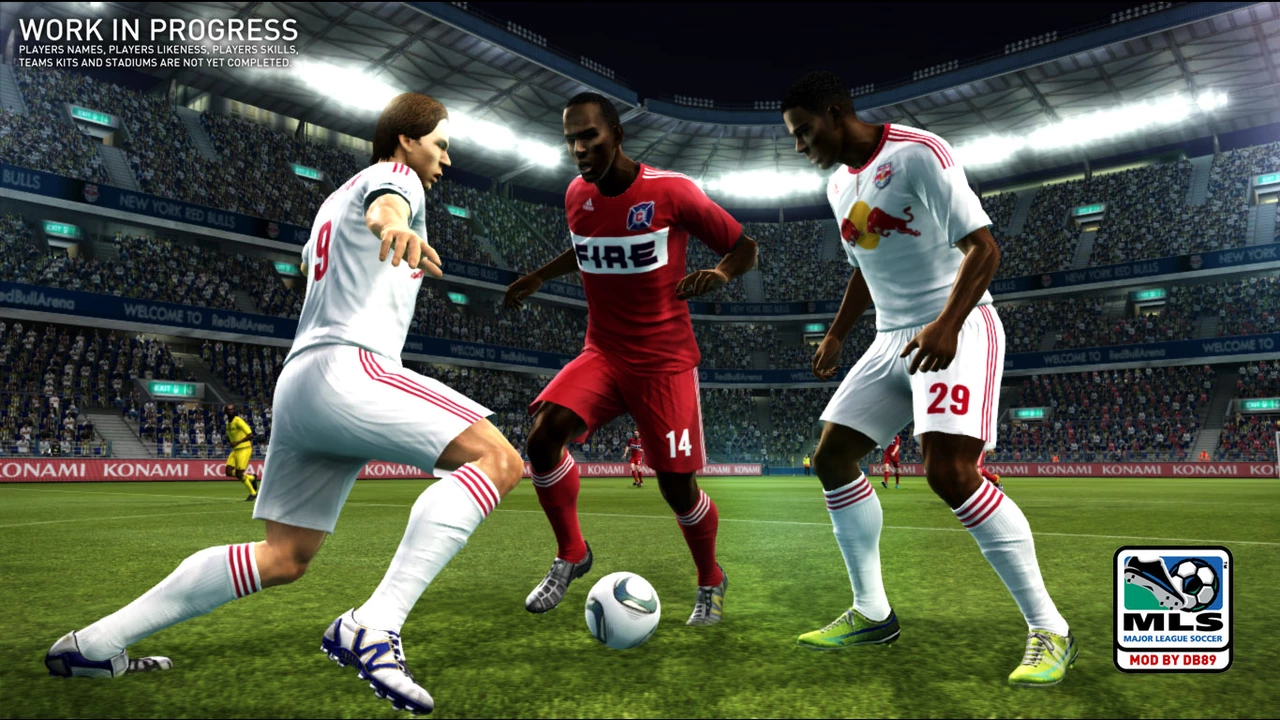Sports and Recreation
When exploring Sports and Recreation, the broad field that includes all physical activities, games, and leisure pursuits people use for health, fun, and competition. Also known as recreational sports, it touches everything from community leagues to professional stadiums. Soccer Management, the planning, coaching, and tactical side of football teams sits squarely inside this arena, while Player Evaluation, the process of measuring skill, fitness, and impact on the pitch offers the metrics that drive awards and contracts. Add Major League Soccer, the top professional soccer league in the United States and Canada to the mix, and you see how match timing, player stats, and fan excitement all interlink. In short, Sports and Recreation encompasses soccer management, requires solid player evaluation, and is influenced by MLS game structures.
One concrete way these pieces connect is through the "best football player of the year" debate. The award doesn’t just reward goal tallies; it looks at technical skill, sportsmanship, fitness levels, and the ability to deliver under pressure. Those criteria are direct outputs of Player Evaluation systems used by coaches and analysts. Meanwhile, the length of an MLS game, typically 90 minutes plus stoppage, shapes how players manage stamina and strategic bursts. Knowing that a match can swing in the final minutes helps coaches craft training plans that boost endurance and mental resilience—key attributes for any award‑winning contender.
What you’ll discover in this collection
Below you’ll find articles that break down the nuts and bolts of Sports and Recreation. One piece explains why the best player title blends talent, effort, and attitude, while another dives into the exact timing of MLS matches and how that timing affects tactics. Together, the posts give you a clear view of how soccer management decisions, player performance metrics, and league structures shape the game you love. Keep reading to see practical tips, real‑world examples, and the latest thinking from the field.

